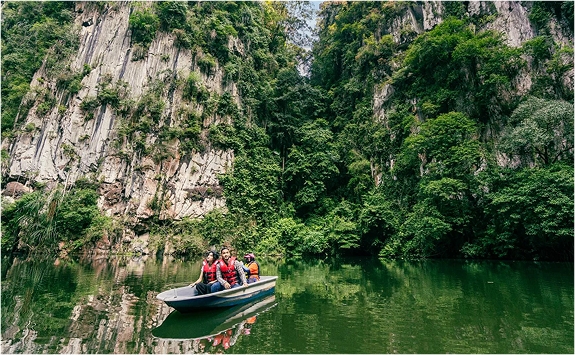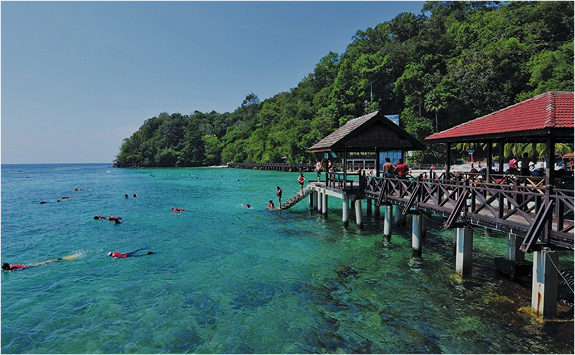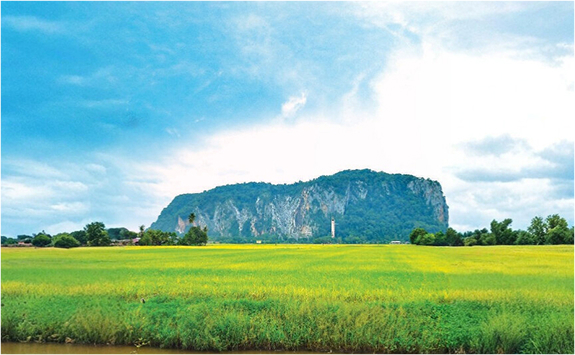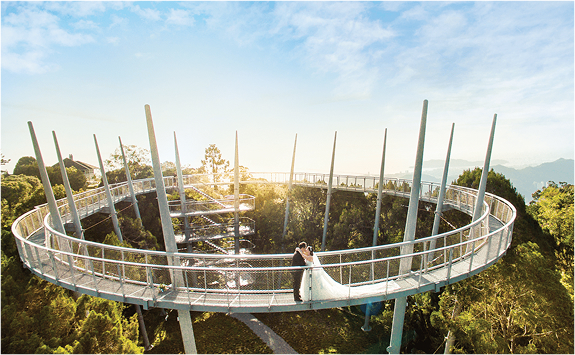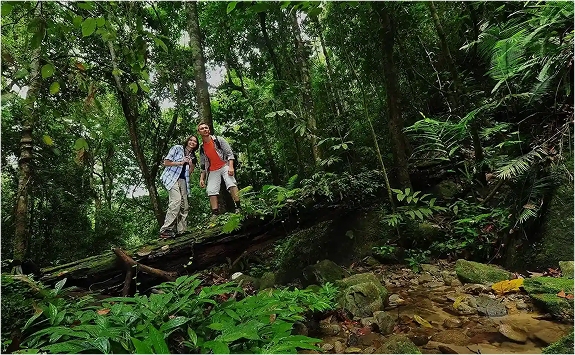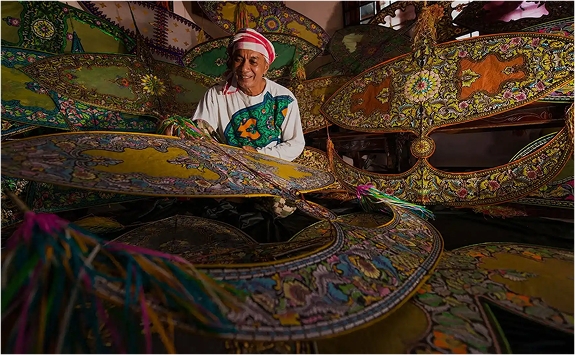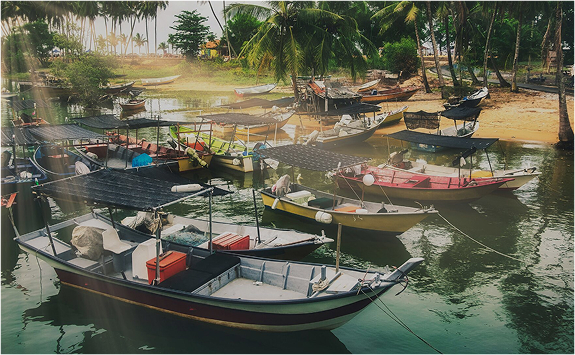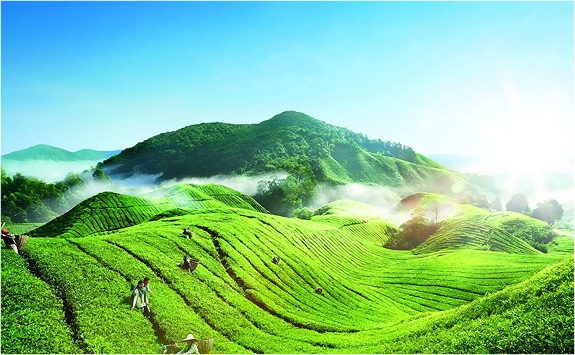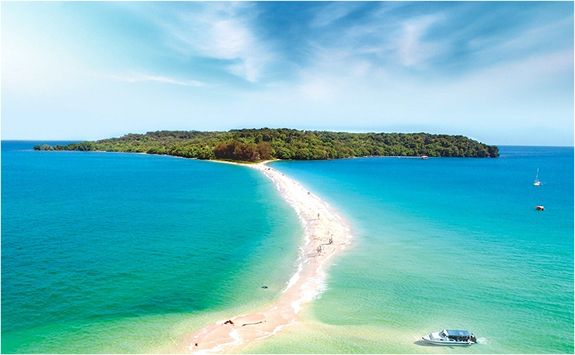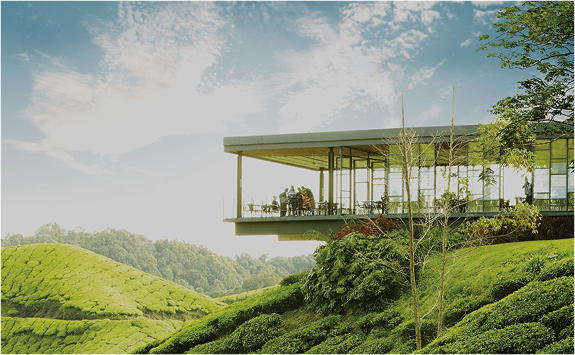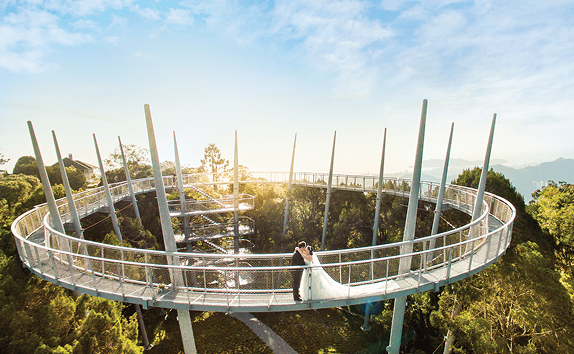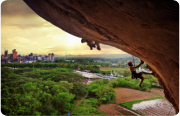SELANGOR
Selangor
The state of Selangor is Malaysia's most developed state. True to the megadiverse- rich percentage of the country, even its most developed state still offers numerous nature parks, green lungs and man-made gardens with high diversity of birds.
Malaysia (FRIM)
Malaysia (FRIM)
Forest
Forest
Contact Info
- Kuala Selangor Nature Park
- ksnp@mns.org.my
- www.mns.my
- Forest Research Institute of Malaysia (FRIM)
- feedback@frim.gov.my
- www.frim.gov.my
- Majlis Daerah Hulu Selangor (MDHS)
- https://www.mdhs.gov.my/
Most of the birdwatching tours starts from Selangor as it is considered the gateway to many other birding destinations in Peninsular Malaysia. Birdwatchers are keen to start their trip checklist immediately upon arrival and the following birding sites can be added into your itinerary.
Go explore the mangrove and surrounding of areas of Kuala Selangor Nature Park as well as the paddy fields of Tanjung Karang which are located on the north-western part of the state. Meanwhile, closer to Kuala Lumpur, birdwatchers can visit the incredible lowland forest habitat in Forest Research Institute of Malaysia (FRIM) and Sungai Congkak Recreational Forest.
Kuala Selangor Nature Park
No. of species: 168
This park is one of the best areas to search for mangrove specialist birds like the Mangrove Pitta, Mangrove Blue-flycatcher, Mangrove Whistler, Laced Woodpecker, Sunda Pygmy Woodpecker and the Cinereous Tit. Other specialties include the Lesser Adjutant, Crested Serpent-eagle, Lineated Barbet, Coppersmith Barbet, Little Bronze-cuckoo and Collared Kingsher. Those who venture out at night might encounter the Buffy Fish-owl, Sunda Scops-owl, Spotted Wood-owl and the Barred Eagle-owl. During the migration season, many migrant birds, including different species of shorebirds, make stopovers at the park.
The historical Bukit Malawati, famous for its lighthouse and primates, is located adjacent to the park. This is a good spot to look out for raptors, barbets and woodpeckers during the day and by night, it is potential for nocturnal species.
The Kuala Selangor town is reachable by local bus transport from Kuala Lumpur but it is most recommended to have your own car as it will allow you to cover more grounds such as Tanjung Karang and some coastline sites, which are within close proximity.
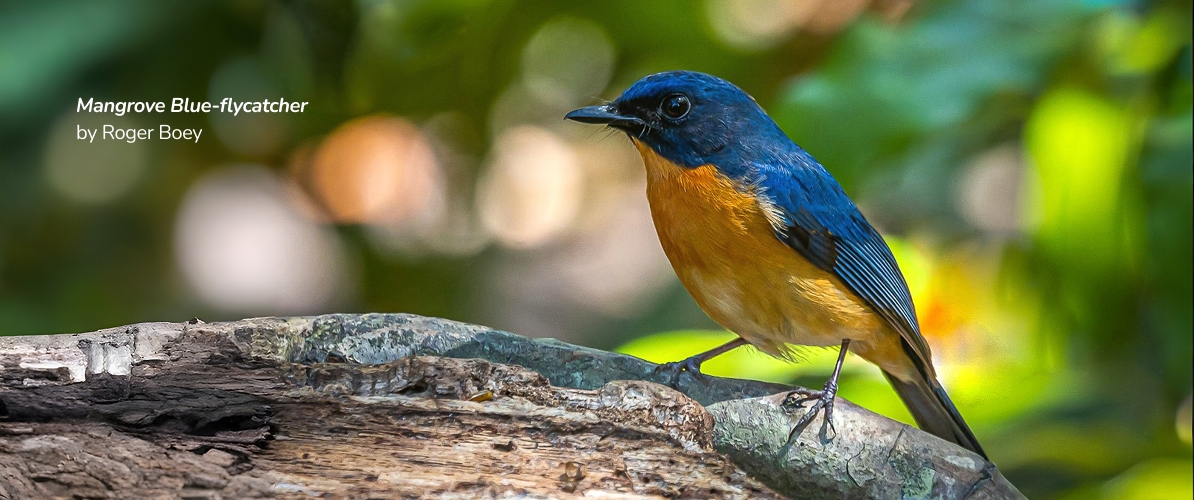
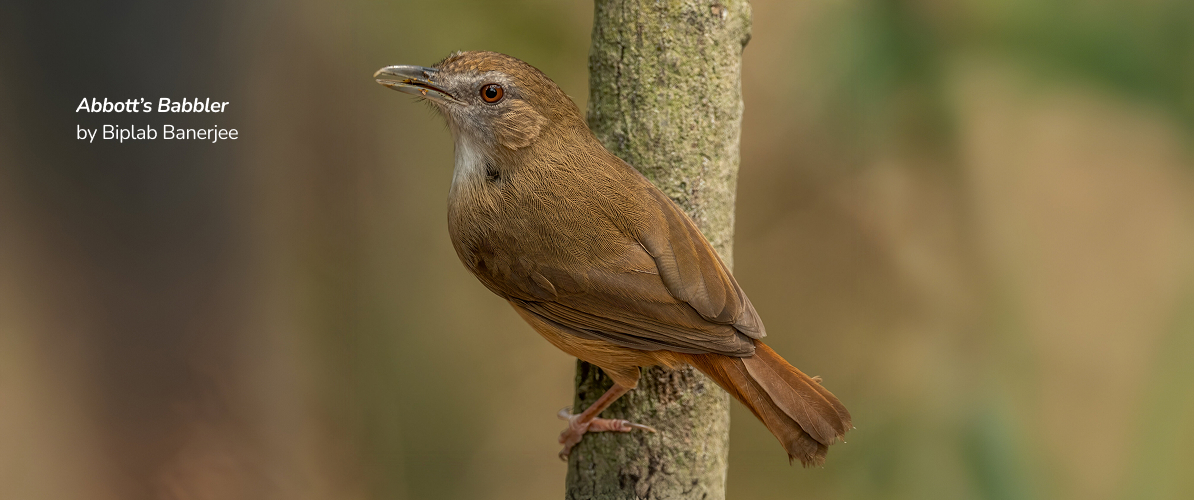
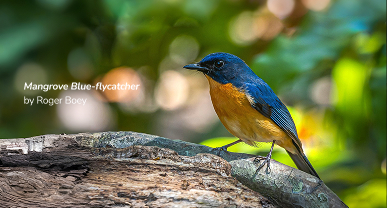
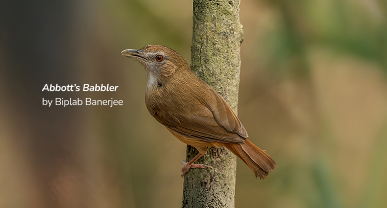
Tanjung Karang Paddy Fields
No. of species> 125
A Paddy fields and open areas attract a specific and different range of birds. About 20 kilometres away from Kuala Selangor Nature Park and Kuala Selangor town, you will discover another birdwatching haven in Tanjung Karang. The famous paddy fields with clusters of small-scale plantations provide an excellent habitat for more than 125 species of birds. Numerous irrigation canals crisscrossing the paddy fields create different habitat condition during and after the paddy planting seasons, which in turn attract various seasonal birds. A car is definitely recommended to cover this vast paddy fields in the morning and late afternoon.
Generally, birdwatching can be carried out throughout the year with many surprises awaits during the migratory season and that takes place on the winter months at the northern hemisphere. During the paddy planting season, these artificial wetlands host waterbirds such as the Watercock, Purple Heron, Cinnamon Bittern, Yellow Bittern, White-breasted Woodswallow, Slaty-breasted Rail, Paddyfield Pipit, White- headed Munia, Scaly-breasted Munia, Chestnut Munia, White-rumped Munia and Greater Painted-snipe. Many migratory birds spend the winter months here, using these areas as their feeding grounds. They include the Chinese Pond-heron, Eastern Great Egret (Great Egret) as well as Intermediate Egret. After the harvesting season, the area attracts migratory raptors such as the Steppe Eagle, Greater Spotted Eagle, Eastern Imperial Eagle and Black Kite. At least two species of harriers, Pied Harrier and Eastern Marsh-harrier are regularly recorded here.
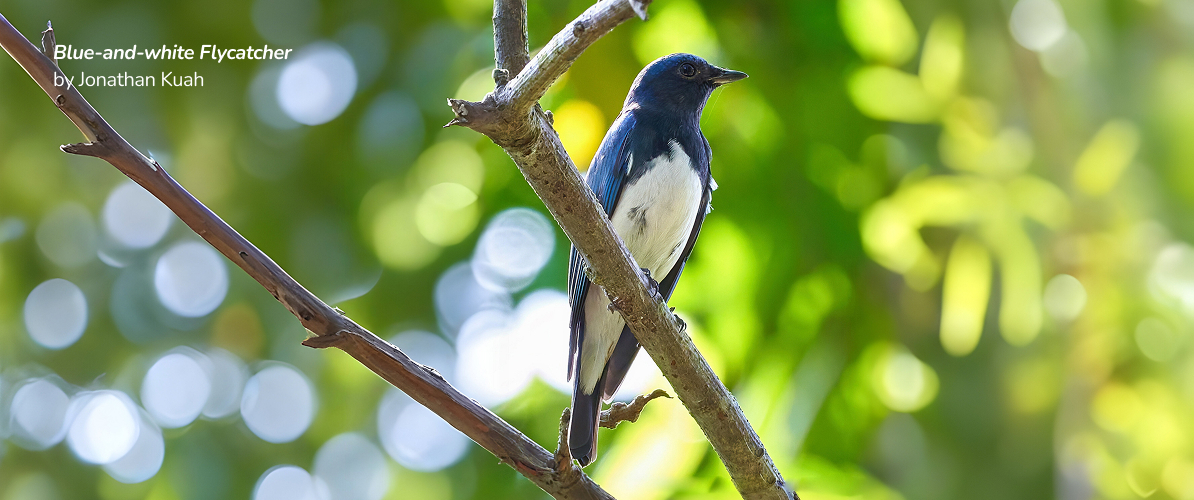
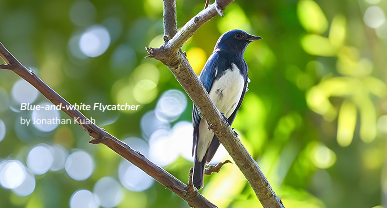
Forest Research Institute of Malaysia (FRIM)
No. of species > 270
Early morning is the best time to start looking for the forest birds in FRIM. Walking inside FRIM is fairly easy with accessible and clearly marked forest trails and boardwalk. Among the trails where you can spot birds are the Keruing, Salleh, Rover track, Engkabang and the Canopy Walk trails. Pay attention to the pond and streams in this forest as you will find a mixture of lowland forest birds as well as open country birds that prefers wet areas.
Other interesting birds recorded include the Wallace’s Hawk-eagle, Crested Goshawk, Jambu Fruit-dove, Indian Cuckoo, Asian Fairy Bluebird, Red-throated Barbet, Buff-necked Woodpecker and Black-and-red Broadbill. The much sought after Masked Finfoot was once recorded for 6 months in the year 2004/2005. The globally threatened Straw-headed Bulbul is also a regular record at this site.
Access to this site via public transport is very limited unless you hire a taxi or rent a car. There is a minimal entrance fee for visitors, vehicle and camera.
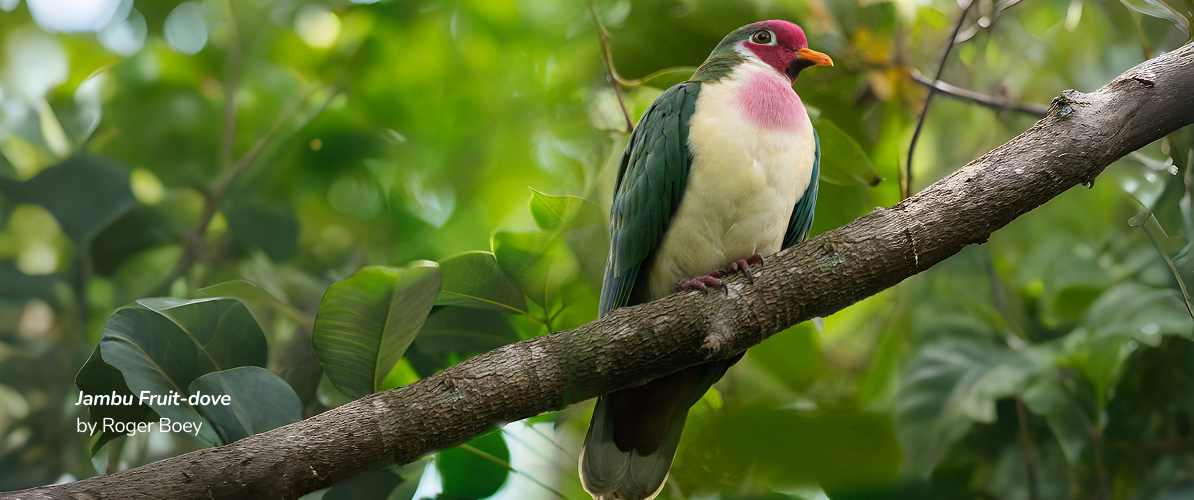
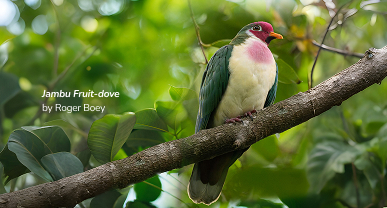
Sungai Congkak Recreational Forest
No. of species > 220
Sungai Congkak Recreational Forest is one of the few favourite birdwatching sites among local birdwatchers staying around Selangor and Kuala Lumpur, simply because this forest boasts more than 220 species of birds. It is a pristine tropical forest, located in the Hulu Langat district of the Selangor state and approximately 33.5 kilometres from Kuala Lumpur. This site is popular with picnickers during the weekends but less in the weekdays so it is more pleasant for birdwatching when the crowd is small. With a clear clean river flowing through the forest, it is potentially a good hunting ground for small sized kingfisher. For this reason alone, this forest has been attracting travelling birdwatchers who are fond of kingfishers in recent years.
Many birders visited this site for Oriental Dwarf-kingfisher (Rufous-backed Dwarf- Kingfisher), Rufous-collared Kingfisher, Banded Kingfisher, Malay Blue-banded Kingfisher (Blue-banded Kingfisher), Blue- eared Kingfisher, Silver-breasted Broadbill, Dusky Broadbill, Banded Broadbill, Black- and-yellow Broadbill, Diard’s Trogon, Red-naped Trogon, Scarlet-rumped Trogon, Grey-headed Babbler, Black-capped Babbler, White-chested Babbler, Rufous Piculet, Bamboo Woodpecker, Orange-backed Woodpecker, Checker-throated Woodpecker, Crimson-winged Woodpecker, and Buff- necked Woodpecker.
Access to this site via public transport is very limited unless you hire a taxi or rent a car. There is a minimal entrance fee for visitors and vehicle.
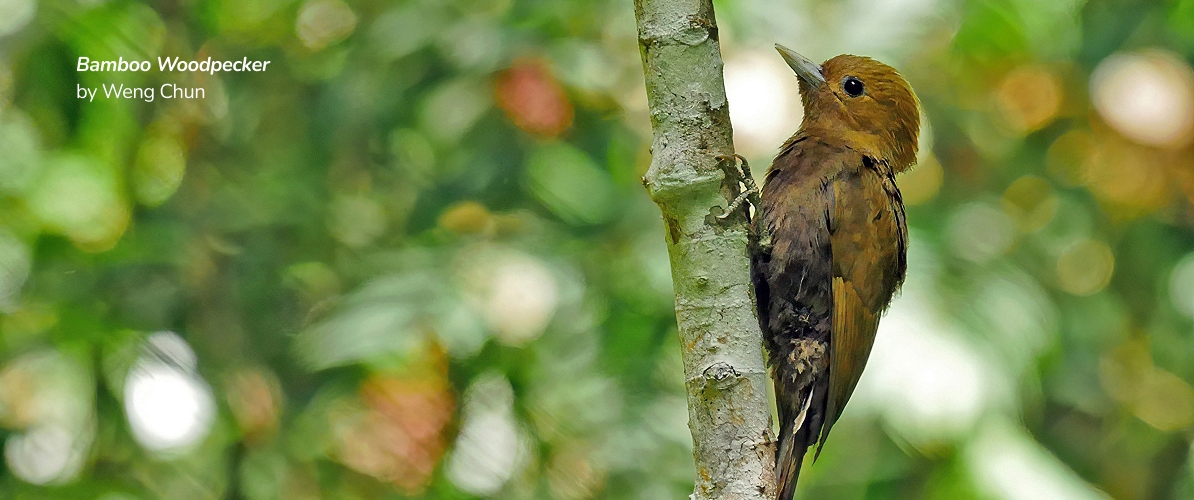
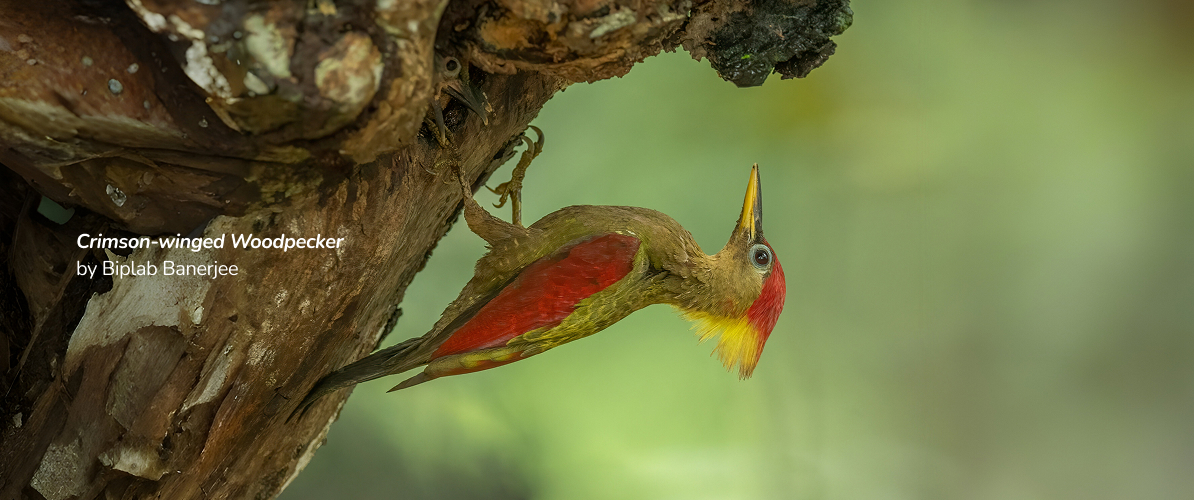
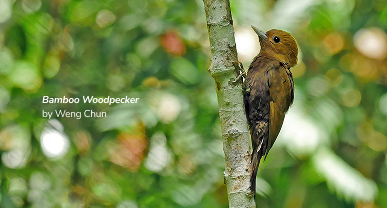
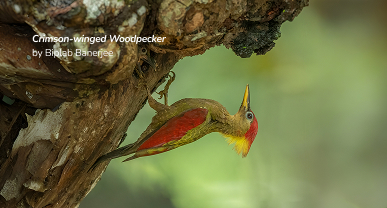
Kuala Kubu Bharu (KKB)
At the foothill and regarded as a gateway to the popular birdwatching site of Fraser’s Hill, lies a rustic, former mining town called Kuala Kubu Bharu. Framed by a backdrop of rainforest and hill, rows of heritage shophouses from colonial days mingle alongside clusters of traditional houses. With the Sungai Selangor Dam and Chiling waterfalls lying on the outskirt of the town, birdwatching around Kuala Kubu Bharu can bring about surprising results. Numerous Mahogany and Tembusu trees in the town play host to variety of bird species. Other nearby areas to watch birds include Sungai Kedondong Recreational Forest, Taman Millenium and Hulu Tamu Hot Springs.
Most of the birding is done by the roadside and at the public parks. Be sure to look out for Rhinoceros Hornbill, Black-crested Bulbul, Little Cuckoo-dove, Red-naped Trogon, Chestnut-naped Forktail, Whiskered Treeswift, Greater Racquettailed Drongo, Greater Green Leafbird, Black-winged Flycatcher-shrike, and Goldwhiskered Barbet.
Access to Kuala Kubu Bharu is easy by car along the North-South highway and trunk roads. There is also train service that run regularly pass Kuala Kubu Bharu. It is about 74 kilometres north of Kuala Lumpur. There are taxi operators at the train station and meals are easy to get in and around the township.

